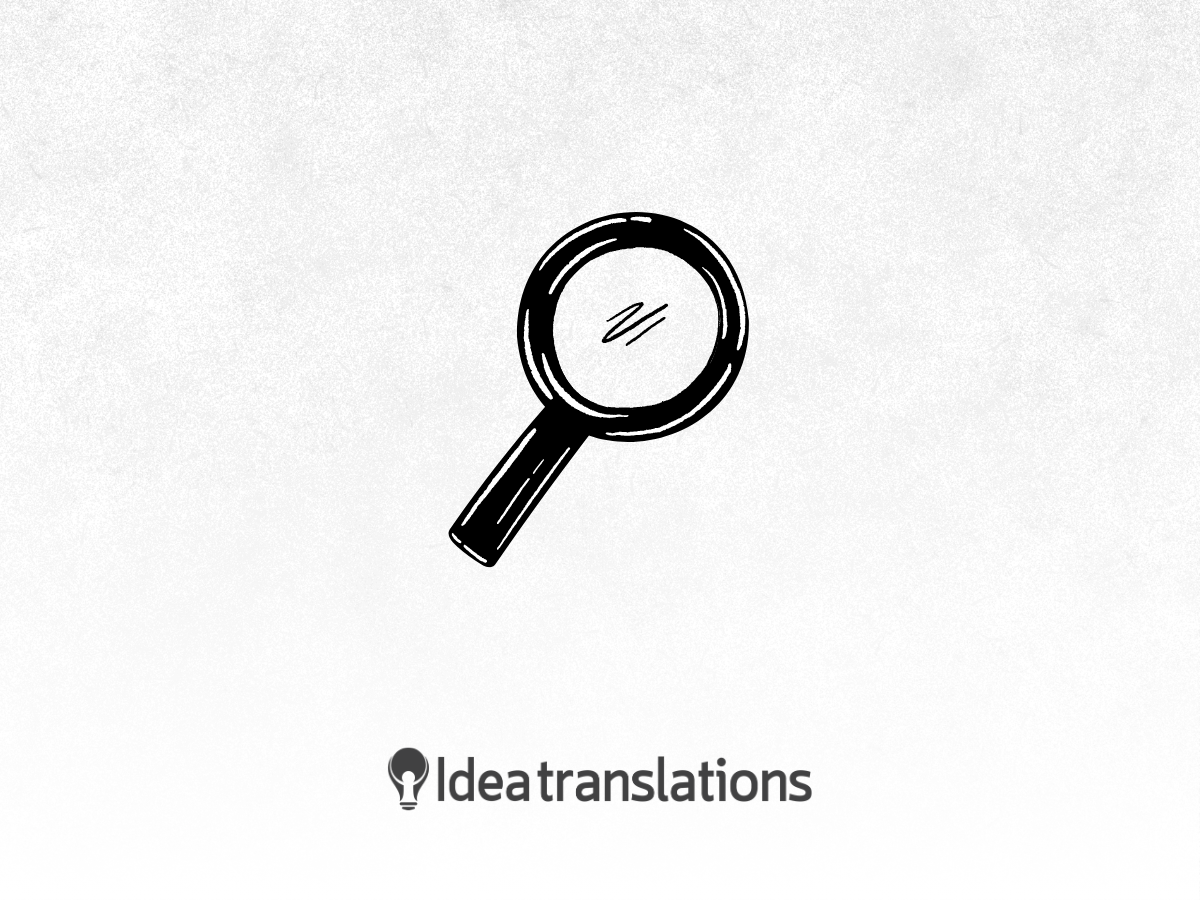
How to Evaluate Translation Quality: Your 8-Point Checklist
So, you got your content translated. Great! But now what? How do you actually know if it’s good?
Translation isn’t just about swapping words from one language to another. It’s about making sure your message hits home, no matter where “home” is. But how can you determine whether a translation is top-notch or falls short?
In a world full of Google Translate shortcuts and AI-powered promises, knowing how to spot quality issues is no longer optional, it’s your secret weapon for global success. Whether you’re working with a professional translation service, freelance translators, or machine translation, knowing how to evaluate the final product ensures you get your money’s worth.
Let’s break down the 8 key questions you should ask when evaluating translation quality.
1. Does It Make Sense?
Seems basic, right? But you’d be surprised how many translations sound robotic, awkward, or just plain wrong. A high-quality translation flows naturally, feels effortless, and, most importantly, makes sense to a native speaker. The best translations balance accuracy with simplicity and flow.
Pro tip: If it sounds like a word-for-word copy, it probably is. And that’s a red flag.
2. Is the Tone on Point?
Is your brand friendly and casual? Professional and precise? The tone has to match not just your brand voice, but the expectations of your audience in that language and culture.
What works in English might feel way too informal in German, or too stiff in Latin American Spanish.
Great translation? It feels right without losing your voice.
3. Is It Culturally Appropriate?
You’re not just translating words, you’re translating meaning. A great translator will know when to swap out idioms, avoid cultural faux pas, and tweak metaphors so your message doesn’t fall flat (or worse: becomes offensive).
Think of it as localization with empathy. Because when your audience feels seen, they engage with you.
4. Is It Terminology-Consistent?
Are terminologies, phrasing, and formatting consistent throughout the document? If your company uses specific terms, they need to stay consistent everywhere. That means across regions, files, and platforms. That’s why pro translators rely on glossaries and terminology databases to keep things tight.
Translation without consistency? Like building furniture without instructions.
5. Does It Match the Layout?
Especially for websites, brochures, or eLearning modules, text can’t just sound good… it has to fit.
Has the translator adjusted line length, character count, or formatting to preserve design integrity? Languages expand and contract. What fits neatly in English might overflow in French or shrink in Japanese. Great translation respects both language and layout.
6. Is It Free of Errors?
Yes, we’re talking spelling, punctuation, and grammar. But also formatting inconsistencies, double spaces, wrong hyperlinks, and other sneaky slip-ups. Flawless grammar and spelling are non-negotiable for professional translations. Errors can make the text look sloppy and untrustworthy. That’s where quality assurance comes in, because even the best translator needs a second set of eyes.
7. Was It Reviewed by a Human?
AI is fast. But quality? That still takes human insight. A professional translation workflow should include a review and editing phase by a second linguist.
At Idea Translations, we call this the human layer of excellence. Because real understanding is a team sport.
8. Is It Aligned With Your Goals?
Is the final translation doing what it’s supposed to do? Is it driving sales? Educating employees? Getting users engaged? Your translation partner should consider: “What’s the purpose of this content?”. And then tailor every choice—from tone to style to format—to support that goal.
Tools and Resources for Better Evaluation
You don’t have to evaluate translation quality on your own. Several tools and resources can help streamline the process.
– CAT Tools such as SDL Trados or MemoQ ensure consistency in terminology and formatting.
– Grammar and Style Checkers like Grammarly and Hemingway help refine readability, grammar, and writing flow.
– Glossaries or Style Guides specific to your industry offer reference materials to ensure accuracy in terminology.
So, How Does Your Current Provider Score?
If you’re not checking off all 8 points, it might be time to rethink your strategy. Following our checklist provides an excellent roadmap for evaluation. But ensuring high-quality translations starts well before the review stage.
At Idea Translations, we combine expert linguists, robust QA workflows, and cultural insight to make sure your message doesn’t just travel, it lands.
Want to see what a high-quality translation really looks like? Let’s talk. Whether you’ve got one doc or a full global rollout, we’re here to help you do it right. Remember, great translations are an investment in global success.



